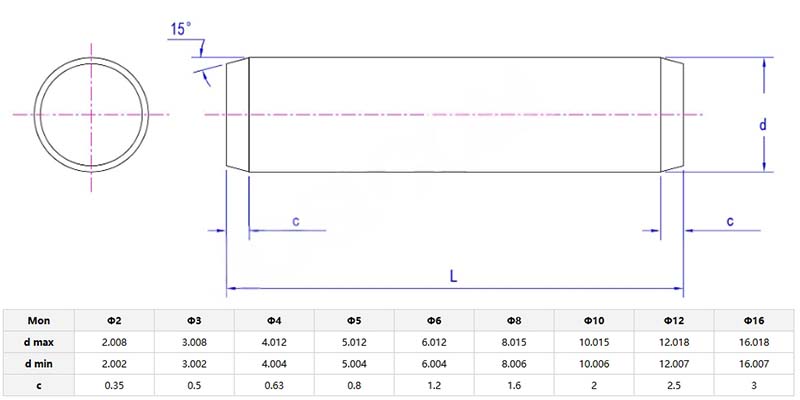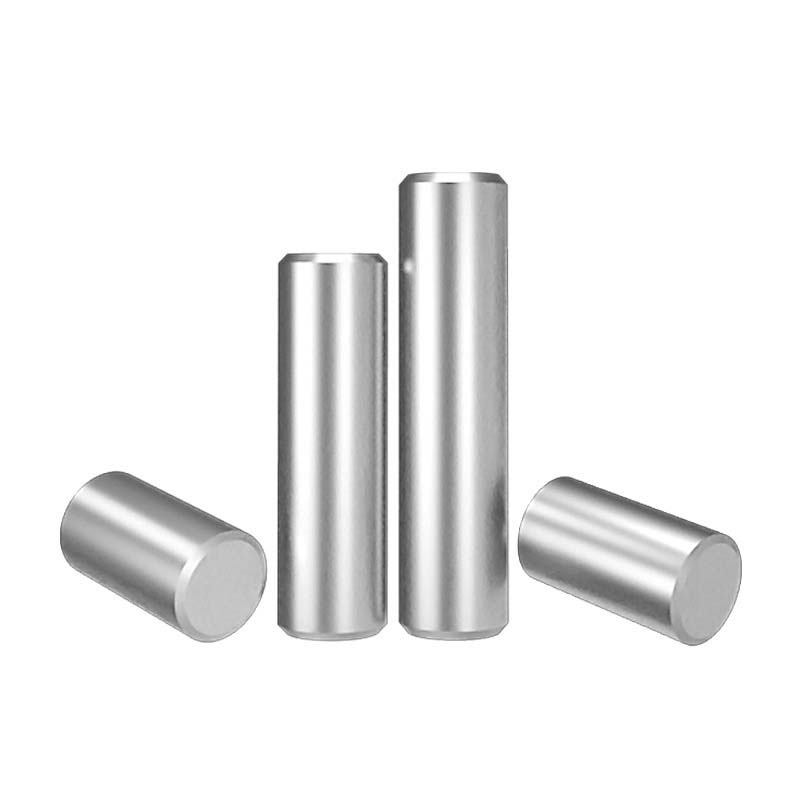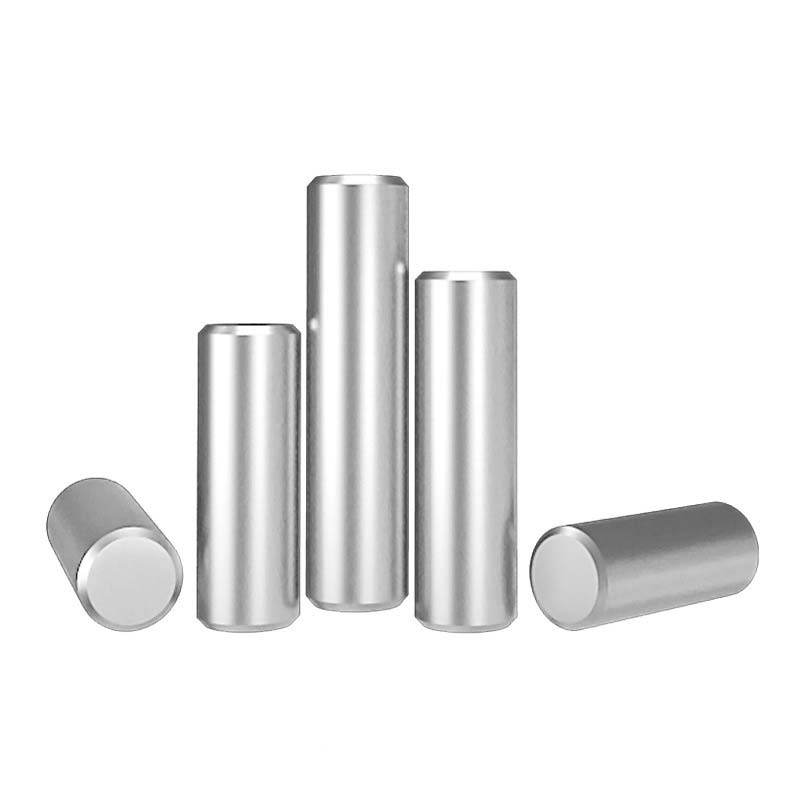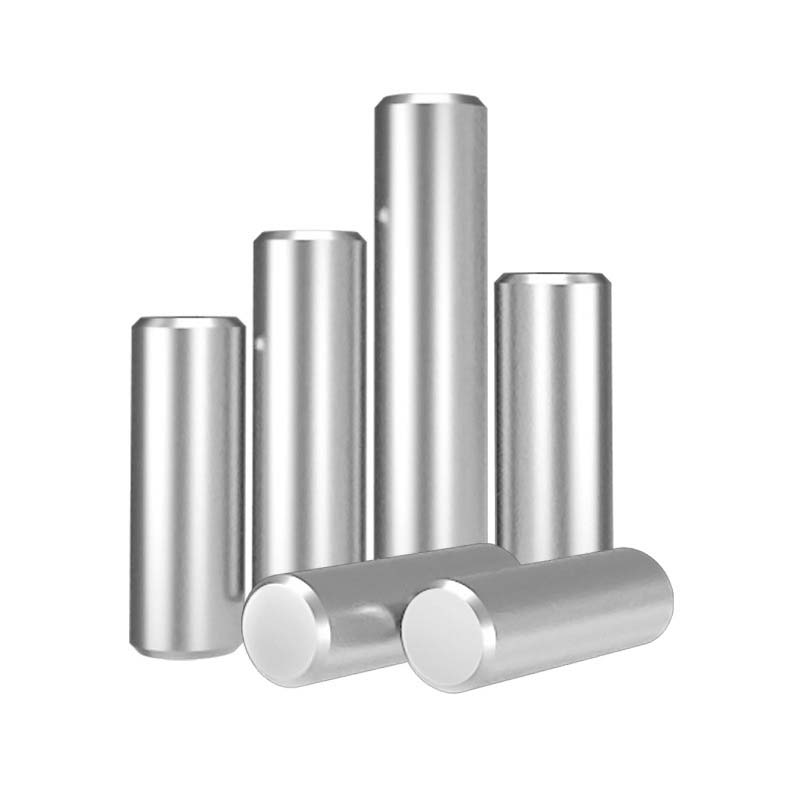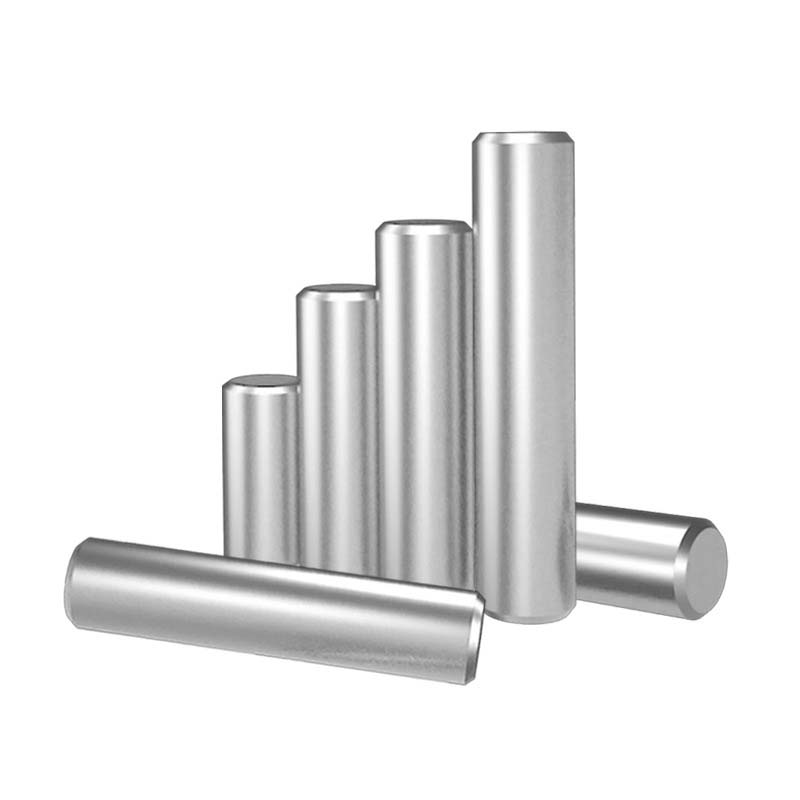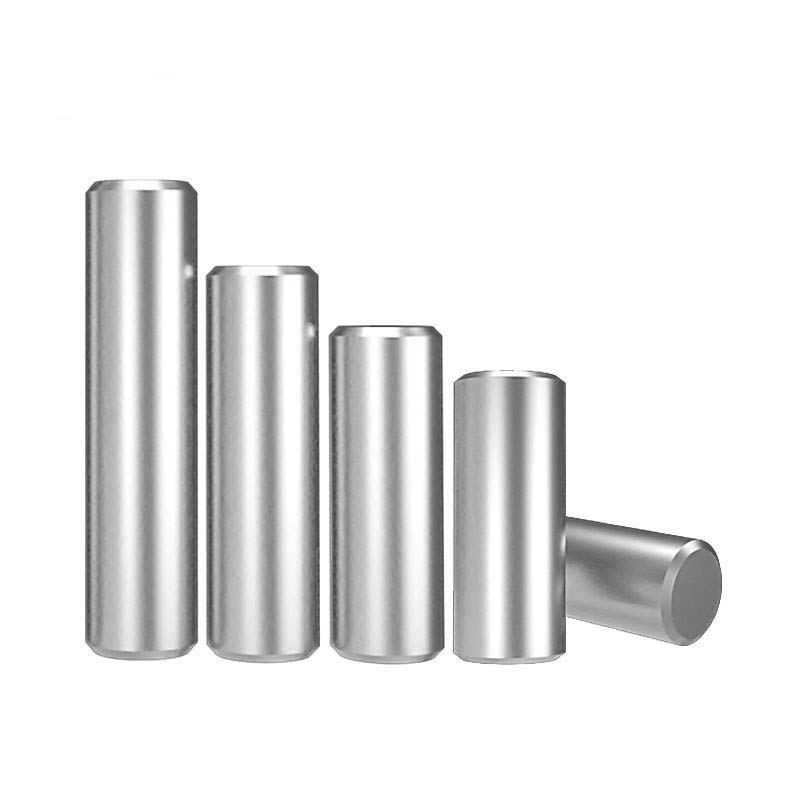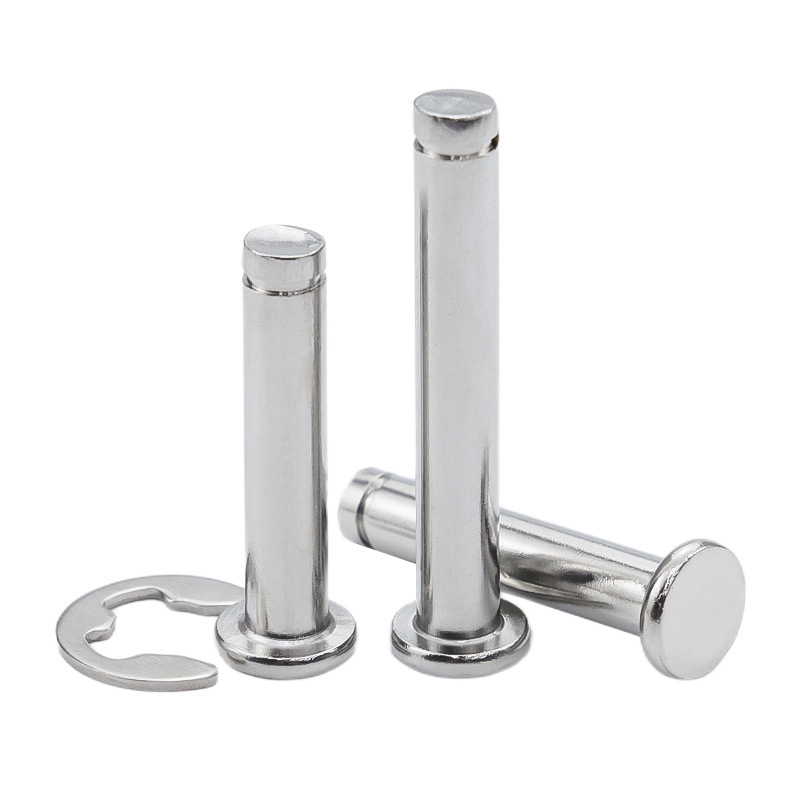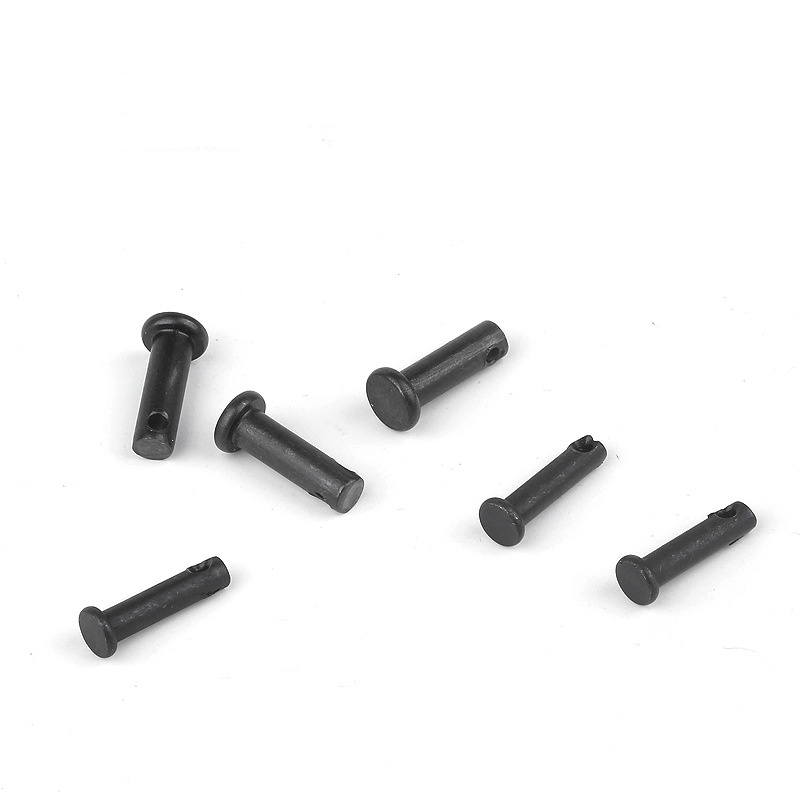Cylindrical Pin
Send Inquiry
The cylindrical pin is a common mechanical accessory used for positioning, connecting, and transferring loads. It is a pin with chamfers on both ends. The Xiaoguo® factory is researching smart coatings and hybrid materials, testing nano-coatings that can reduce friction without lubrication. Some 3D printed pins with complex internal shapes are also beginning to be used for custom work. We are working hard to add IoT sensors to track wear in real time.
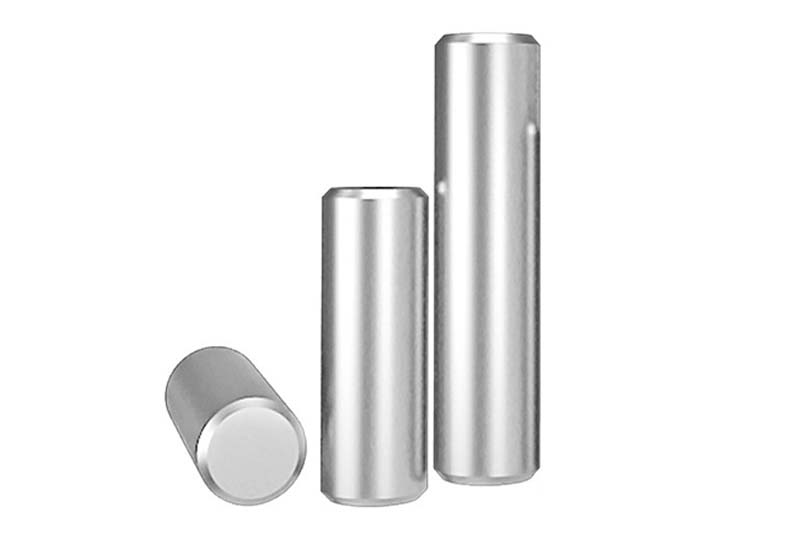
Application
In cars, cylindrical pin line up engine parts really precisely,we’re talking microns here,to cut down on vibrations.In the aerospace industry, these pins are used because they are light and strong, which helps save fuel. Electronics companies use smaller versions of these pins to line up printed circuit boards. Because they are standardized, they save costs by not having to stock so many different parts. But they can also be customized if there is a special need. During the assembly process, parts need to be connected and fixed efficiently, and these pins tighten the components together, helping to improve product quality and keep factories running smoothly.
Materials
Q: What materials are typically used for manufacturing cylindrical pin, and do they meet international standards?
A: Cylindrical pins are usually made from carbon steel, stainless steel, or alloy steel, depending on what the application needs. The materials used meet standards like ISO 8734 or ASTM to ensure they’re durable and precise. If you need resistance to rust, stainless steel types like 304 or 316 are the go-to choice. Hardened carbon steel works better in high-stress environments. Certifications such as RoHS and REACH make sure they follow environmental rules. Always check the material details with your supplier to make sure it matches your project’s mechanical and environmental requirements.
